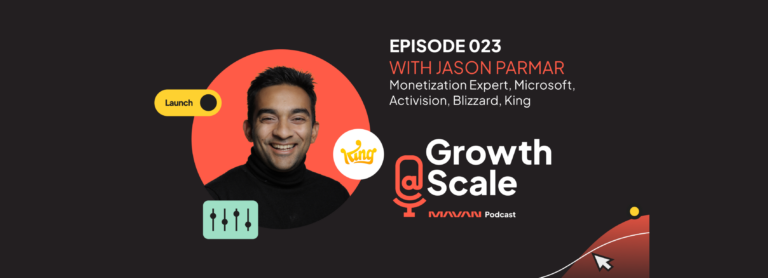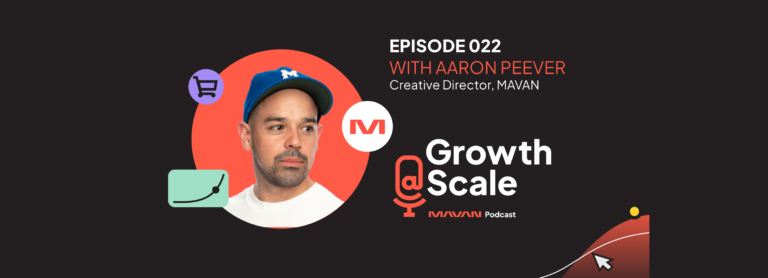Growth@Scale – Episode 23 – Jason Parmar
Read the transcript from Episode 23 of Growth@Scale where host Matt Widdoes discusses ad monetization with Jason Parmar.

Read the transcript from Episode 23 of Growth@Scale where host Matt Widdoes discusses ad monetization with Jason Parmar.

Discover the art of integrating User-Generated Content into brand strategy with Aaron Peever, MAVAN’s Creative Director, on Growth@Scale. Aaron shares insights on crafting authentic brand voices, the evolution of influencer marketing, and the synergistic role of AI in copywriting.
End of content
End of content